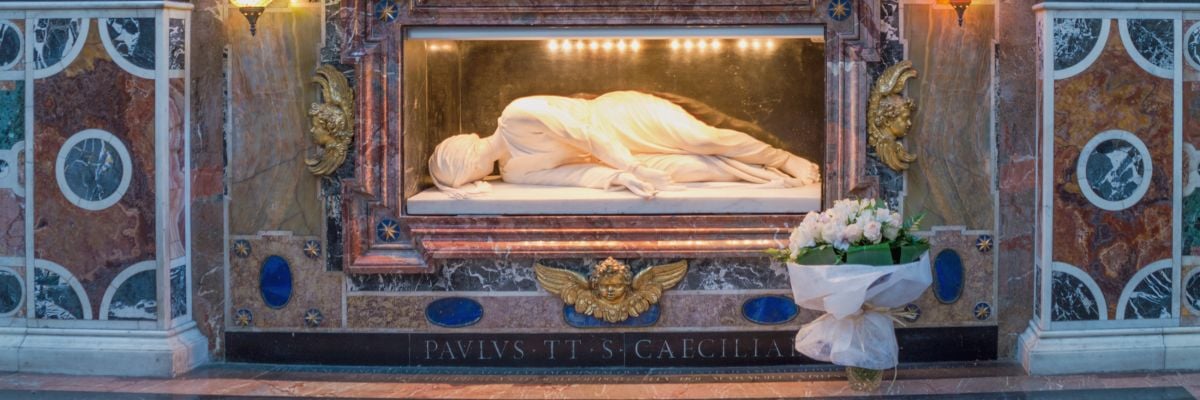
Question:
Answer:
We infer that the incorruptible bodies of deceased saints are an example of what the Church calls “motives of credibility”:
What moves us to believe is not the fact that revealed truths appear as true and intelligible in the light of our natural reason: we believe “because of the authority of God himself who reveals them, who can neither deceive nor be deceived.” So “that the submission of our faith might nevertheless be in accordance with reason, God willed that external proofs of his Revelation should be joined to the internal helps of the Holy Spirit.” Thus the miracles of Christ and the saints, prophecies, the Church’s growth and holiness, and her fruitfulness and stability “are the most certain signs of divine Revelation, adapted to the intelligence of all”; they are “motives of credibility” (motiva credibilitatis), which show that the assent of faith is “by no means a blind impulse of the mind” (the Catechism 156; footnotes omitted).
Similar to how the Father did not allow Jesus’ body to experience corruption while in the tomb (see Acts 1:27), God provides that the bodily remains of some of his faithful ones will not undergo bodily corruption. The best example is arguably St. Bernadette Soubirous, to whom the Blessed Mother appeared several times in Lourdes, France in 1858.
Some might attribute the apparent miracle of bodily incorruption to scientifically explainable reasons, yet to date, no explanation has been provided. In addition, St. Bernadette died long before modern embalming processes, which themselves delay but do not ultimately prevent the decay of one’s bodily remains. For more information, you may be interested in Joan Carroll Cruz’s book The Incorruptibles (Tan Books).



